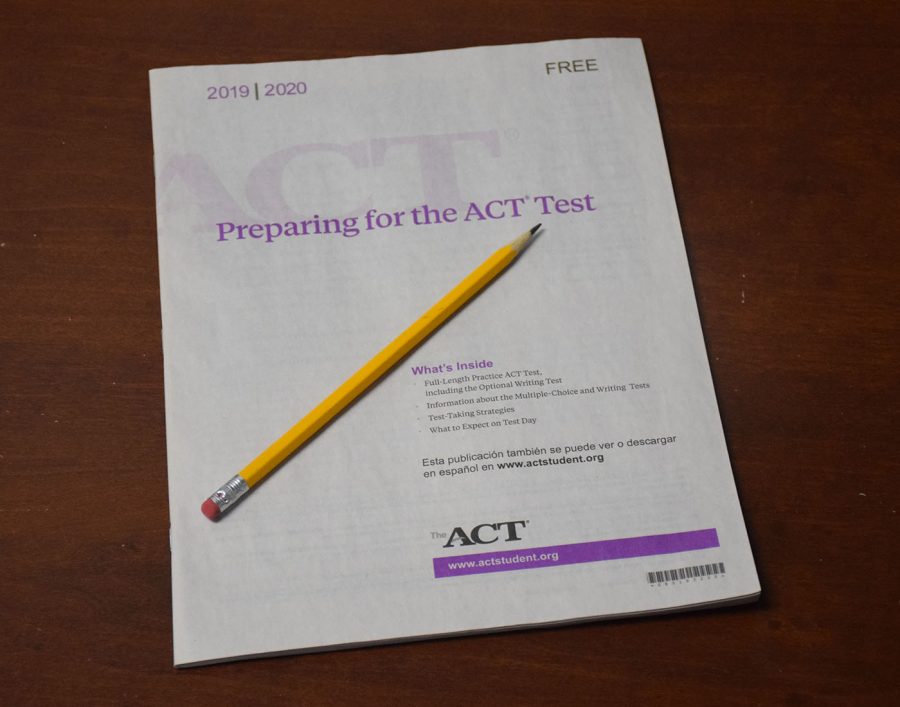Preparing for the ACT
The ACT is composed of four multiple choice tests that evaluate the intelligence of the individual taking it
March 12, 2020
Each year, Juniors at Owatonna High School take a huge step in their academic career by taking the ACT. Standardized tests are taken across the country in an effort to put a number on the intelligence of high school students.On Tuesday, March 31, Juniors will fill in the pre-ACT portion during a one-hour TMM session. The day of the test is Tuesday, April 7 at 8 a.m.
Earning a high score on the ACT is an important stepping stone in finding success in life after high school. Counselor Ms. Tami Langlois said, “It increases your chances of getting into the university or college of your choice.” Along with a student’s GPA, the ACT score is a critical component of admission at the collegiate level. Ms. Langlois later added that a good ACT score will help students receive scholarships. Many students worry about what they will receive for a score on the ACT. Junior Megan Johnson said, “I am nervous for the ACT because it decides where I am able to go to college.”
The first thing to do when studying is to take a practice test which will set a baseline score that can be compared. Next, set a goal for each test that accounts for the amount of time available to study. Creating attainable goals can be used to create a study plan. Five minutes at the end of each test should be allocated to filling in skipped answers. With a few minutes left, choose a letter that you will fill each blank in. By doing this, you are ensuring that the probability will be as close to one fourth as possible. When arriving at a question where the answer is unclear, skip the question because there will be easier questions later in the test one might not be able to reach if too much time is spent on one question.
When taking the ACT English portion, knowing when to use punctuation is very important; learning the correct use of commas, semicolons and colons will help in deciphering the meaning of passages. Also, when taking the English test, writing one sentence summaries beside each paragraph will help when answering questions about the organization.
When taking the ACT Math test, one thing that will help is knowing how to solve problems using a calculator specifically systems of equations with matrices and probability questions with the nCr and nPr programs in every TI-83 and TI-84 calculator. These functions on the calculators can help save time for the more difficult questions that require more set up.
The Reading Test is difficult for slow readers and students with poor time management; however, some strategies will help with these problems. Splitting up each ACT Reading test into four parts, one passage in each, and leaving five minutes at the end to fill in skipped questions will leave seven minutes and 30 seconds for each passage. Practicing at a pace that is equivalent will help with time management. Once comfortable with taking one passage at that pace, increase the number of passages taken until it reaches four. This will help to prepare for the ACT Reading test.
The ACT Science test is composed of six to seven passages that differ in type. The key in time management for this test is to keep moving; if an answer can not be found within 45 seconds, it would be wise to skip the question and come back in the five minute time period you have allotted to answering skipped questions.
After looking at the preliminary test and studying all sections, take another practice test, and stop when comfortable with the score you have received.







